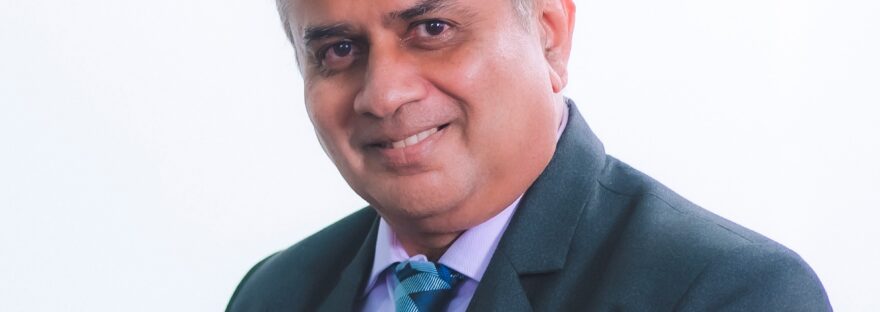Health humanities use subjects traditionally known as the humanities for specific purposes in health professions education. Various subjects like literature, philosophy, drama, music, and fine arts are used to explore various topics in the health humanities. Different teaching-learning activities like book readings, role-plays, critical analysis, musical performances, painting, and photography are used. Paintings have been used in several countries.
Using paintings in health professions education (HPE)
In many western nations, students visit museums accompanied by their teachers and art curators from the museums. They work in groups and critically analyze the paintings. Paintings have several advantages in the education of healthcare professionals. They can introduce students to unfamiliar and problematic life situations, help them understand the patient perspective, empathize with sickness and suffering and help them express their emotions. Students with artistic skills have also been encouraged to paint and selected paintings have been displayed in exhibitions in institutions and online collections.
Paintings have the advantage of not having a language barrier, a problem in many developing countries. Due to various reasons, the language of instruction for the health sciences in many nations is European colonial languages. Paintings do not have this limitation though the identification with the scenes and characters depicted in the paintings may be more difficult if they are from a western setting and a historical time period. However, paintings can also be used to introduce students to important moments in the history of medicine. Important figures and events in traditional systems of medicine can also be highlighted. Students also gain knowledge of important art works and artists who have explored the human condition.
Robert Pope was a Canadian artist who died young from Hodgkin’s lymphoma and his work is showcased at the Robert Pope archive. The artworks of Robert Pope dealing mainly with the patient perspective on cancer have been used by several educators during health humanities sessions. Student submissions to art competitions held at the International Medical University, Malaysia from 2012 are showcased at the Inspire gallery
Online art collections
Access to online art collections is available through the following links: The Met Collection, National Gallery of Art, Open Culture website, Google Arts and Culture Collections, the NYU Literature Arts and Medicine Database, A museum of many artists (MoMA) and https://artsandculture.google.com/ among other collections. Access to art from India is more limited though Kamat’s Potpourri offers access to a good collection of paintings.
Visual thinking strategies (VTS)
Visual thinking strategies (VTS) have been widely used. Astute observation is fundamental to the practice of medicine. Visual arts depend on attention to detail and have been shown to improve the observation skills of physicians. VTS developed by Abigail Housen and Philip Yenawine encourages thoughtful discussion of and engagement with art. The method uses three questions to focus on observations. What do you see? Why do you say that? What else do you see? The method also improves the tolerance of ambiguity and promotes teamwork and interprofessional collaboration. The patient-practitioner relationship is strengthened, and patient-centered care can be provided. Students work in groups and learn to communicate with each other and listen and work together to analyze the painting.
The skills developed while analyzing paintings can be transferred to clinical settings. Students practice and reflect on clinical observation and develop habits to help in the effective observation of patients. VTS is grounded in the educational theories of Lev Vygotsky and knowledge is built through the process of interaction between the learner and others through the process of scaffolding. Social constructivism and creating knowledge with others are the basis of his educational philosophy. Like other learning activities creating a safe environment is important. Paintings have several important benefits in educating health professionals and can be incorporated without major problems into health humanities modules.
(Dr P Ravi Shankar is a faculty member at the International Medical University Centre for Education (ICE), in Kuala Lumpur, Malaysia. He is a PSG-FAIMER Fellow and has an enviable list of publications in several areas in medical education, specially in the health humanities)

